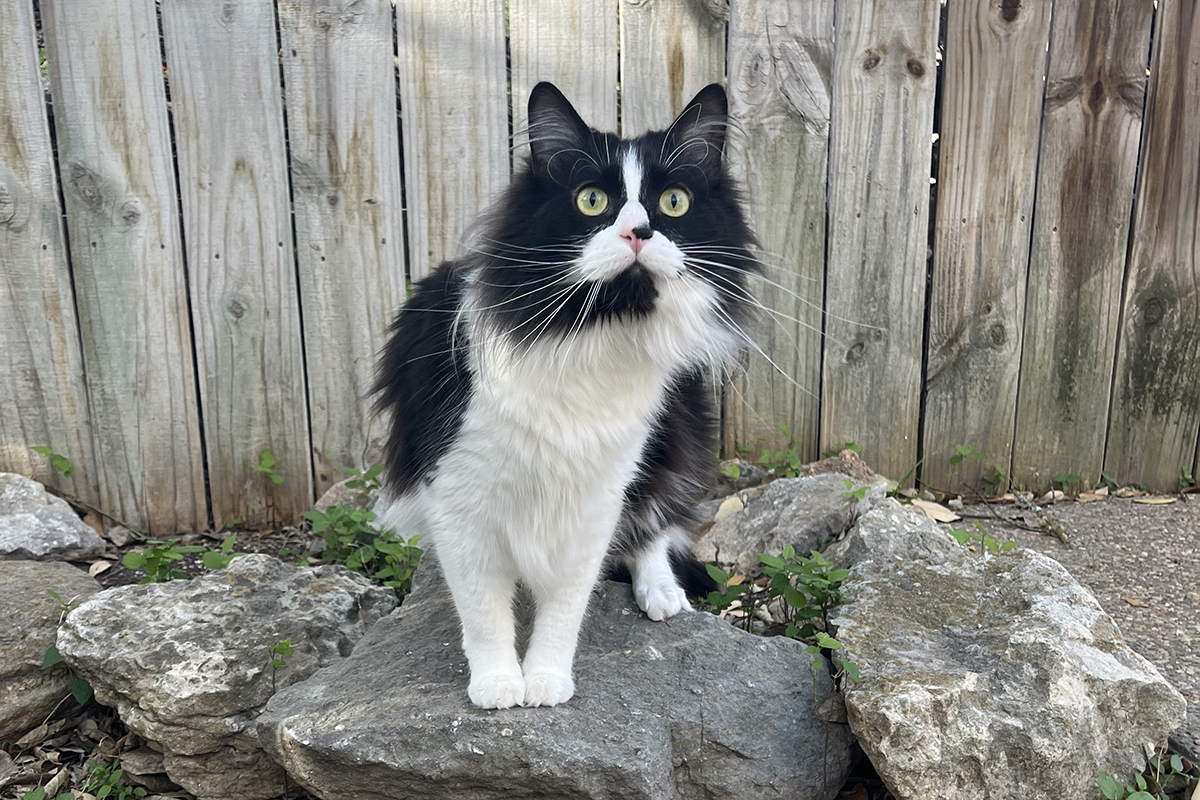Fiesta, Flowers, and Fleas: Navigating Seasonal and Flea-Related Pet Allergies in San Antonio
Written By: Heather Gulde, Terrell Heights Veterinary Hospital Practice Manager
As San Antonio gears up for its lively Fiesta celebration in April, pet owners are faced with a challenge of their own—managing dog and cat allergies. With the combination of seasonal pollen and the rise in flea activity, there are a few things San Antonians need to know.
The number one reason for pet owners to seek veterinary care is itch. Unlike people who experience allergy symptoms with runny nose and sneezing, small animals show signs on their skin or ears. It is estimated that at least 10% of pets suffer from seasonal allergies, and the numbers are on the rise. According to Terrell Heights Veterinary Hospital’s owner and veterinarian, Dr. Christopher LaBrie, “Pets can be allergic to anything you or I can be allergic to”– including environmental allergens like pollen from trees, grass, and weeds, as well as molds, dust mites, and dander.
The first clues your pet may be experiencing allergies or pruritus (itch) include chronic scratching, red skin, licking, chewing, biting, and rubbing. The areas most affected tend to be the face, ears, paws, underarms, groin, and rump. In cats, it can be difficult to determine if a cat is itchy or just grooming. If your cat excessively vomits hairballs, has hair loss, or has obvious skin lesions, your cat is likely to be itchy. It is important to control allergies so these lesions don’t lead to secondary infections or open wounds where treatment with antibiotics is necessary.
The great news is there are many options for pet allergy treatment today that are safe and effective. Your veterinarian may prescribe oral medications, monthly injections, or omega supplements.
Dr. LaBrie wants San Antonians to understand that “one of the most common allergies observed in dogs and cats is flea allergy dermatitis”. This means pets are allergic to flea saliva, and whether your pet was just bit by one or two fleas a month or has a thriving flea population hitching a ride, they could develop a rash, usually around the rump/above the tail. Dr. LaBrie emphasizes, “This is especially important to understand in a climate that sees fleas year-round.”
To protect your pet, Dr. LaBrie recommends regular flea prevention, including chewables for dogs and topical treatments for cats. Some of the newer, prescription products work better than other over-the-counter options.
On the market today, there are many safe, effective products for the treatment of environmental allergies and flea prevention. There is no reason for an animal to live with uncontrolled itch. Do not let this fiesta season become a “flea-esta” season. Make an appointment with your veterinarian if your pet is experiencing uncontrolled itch.







